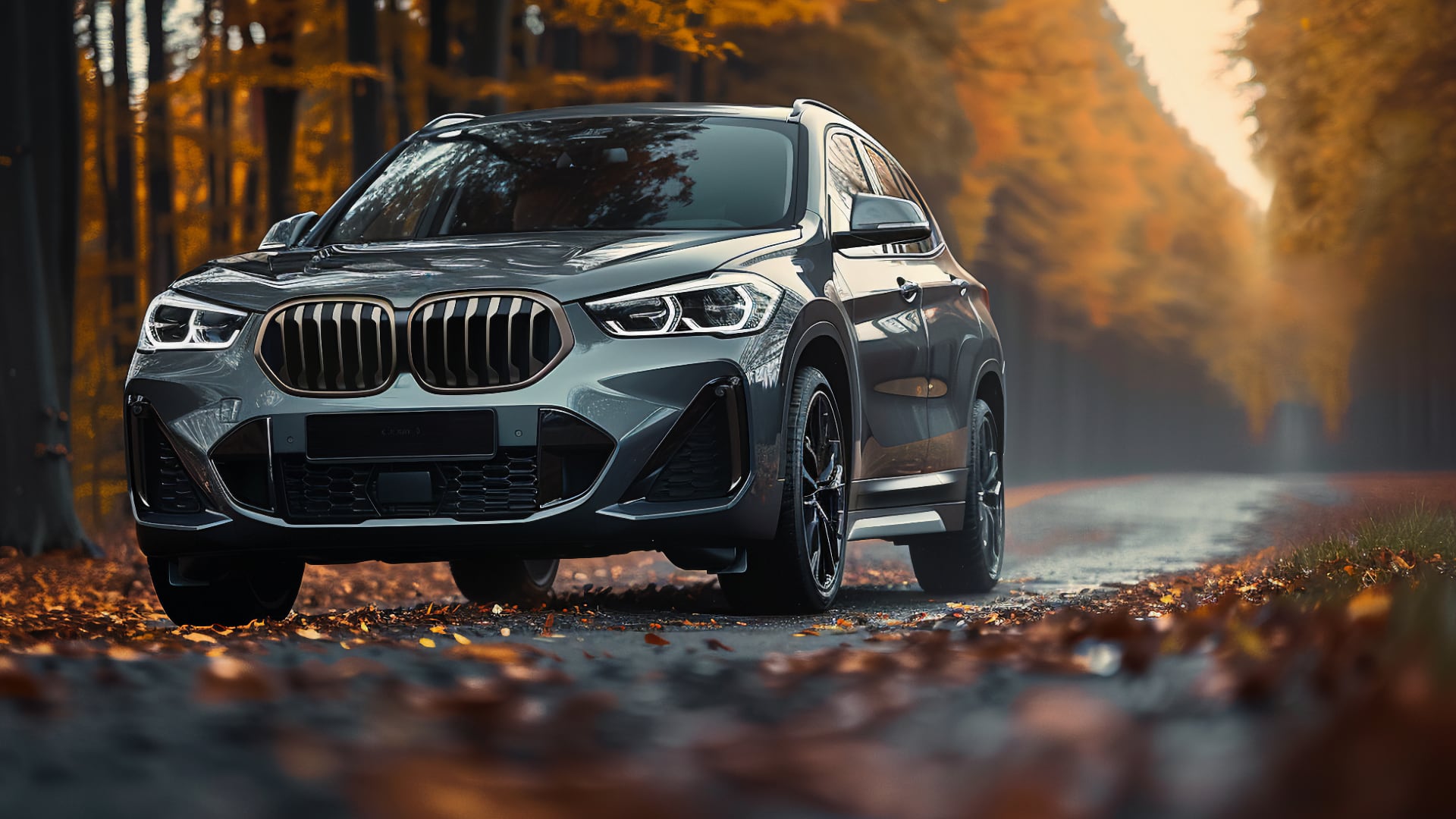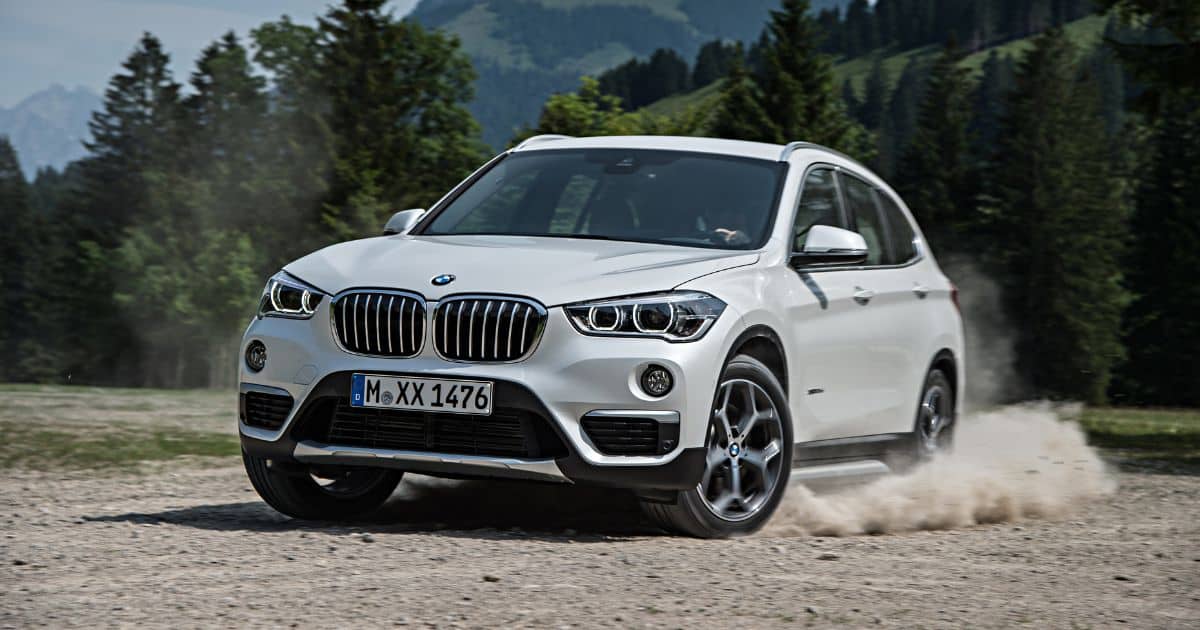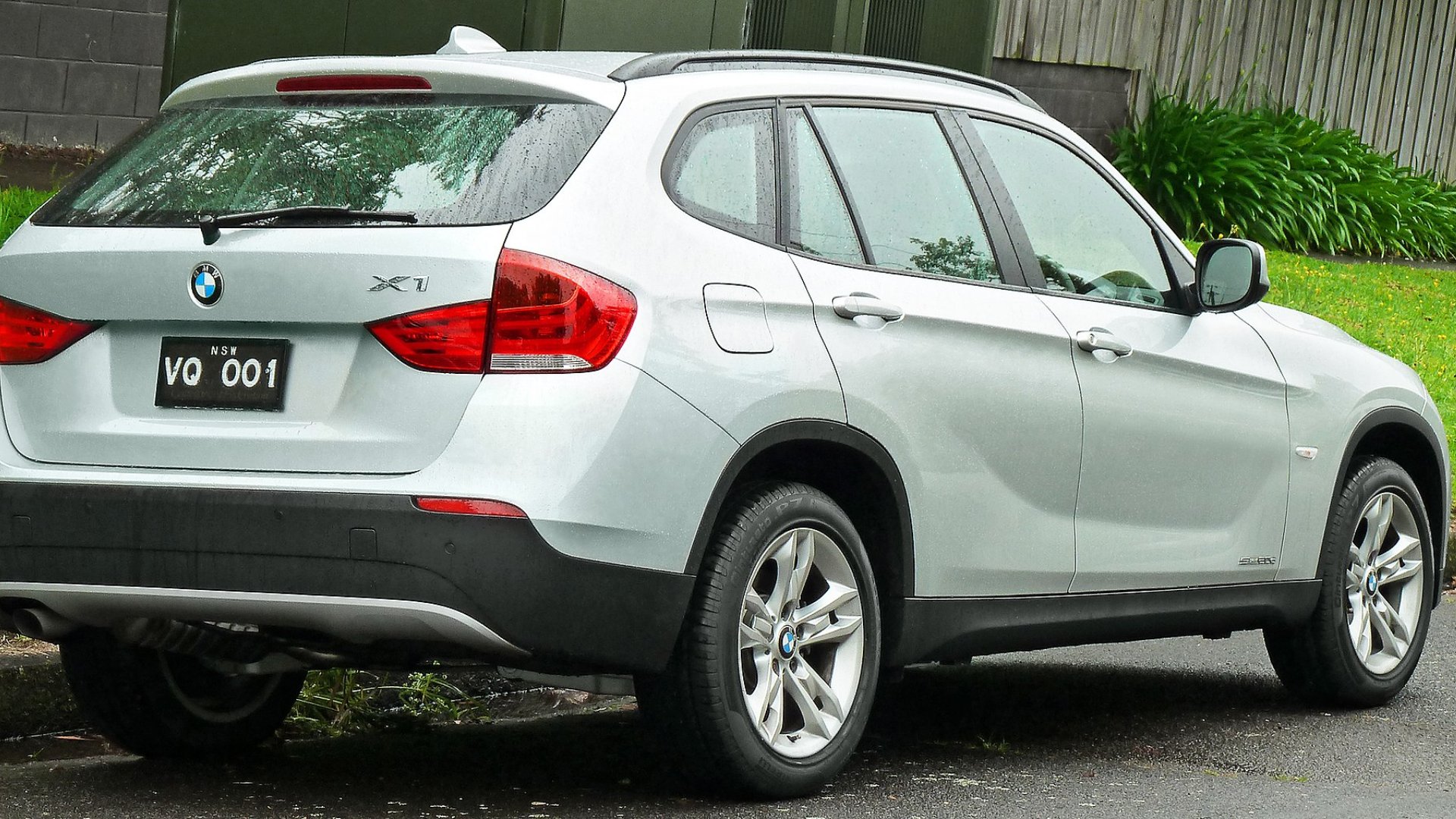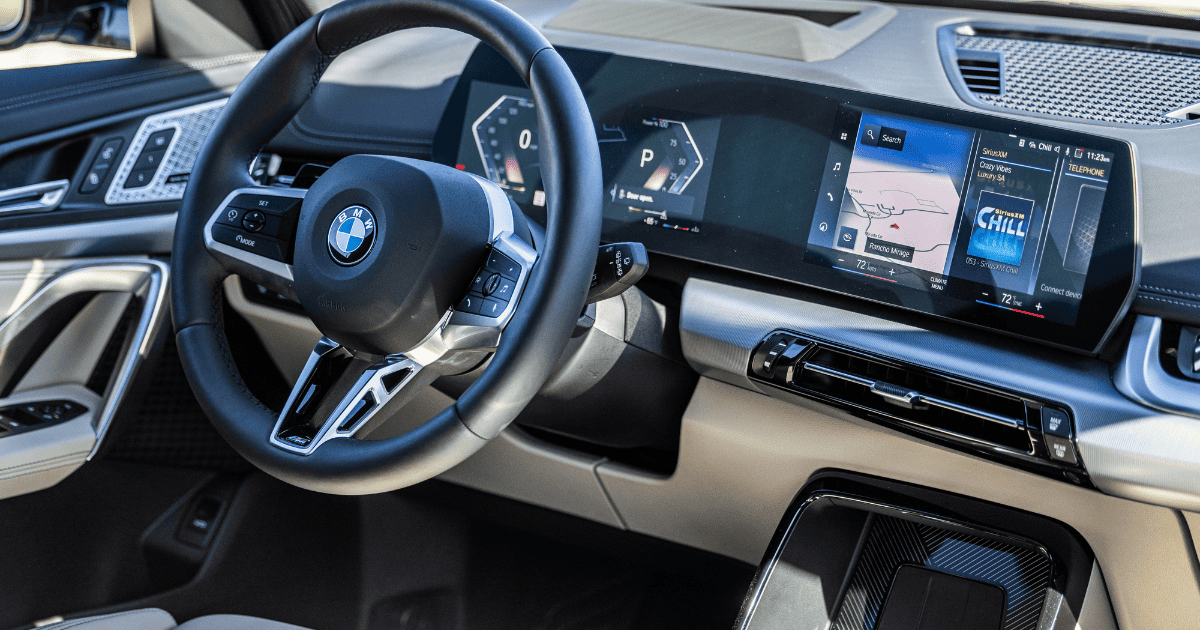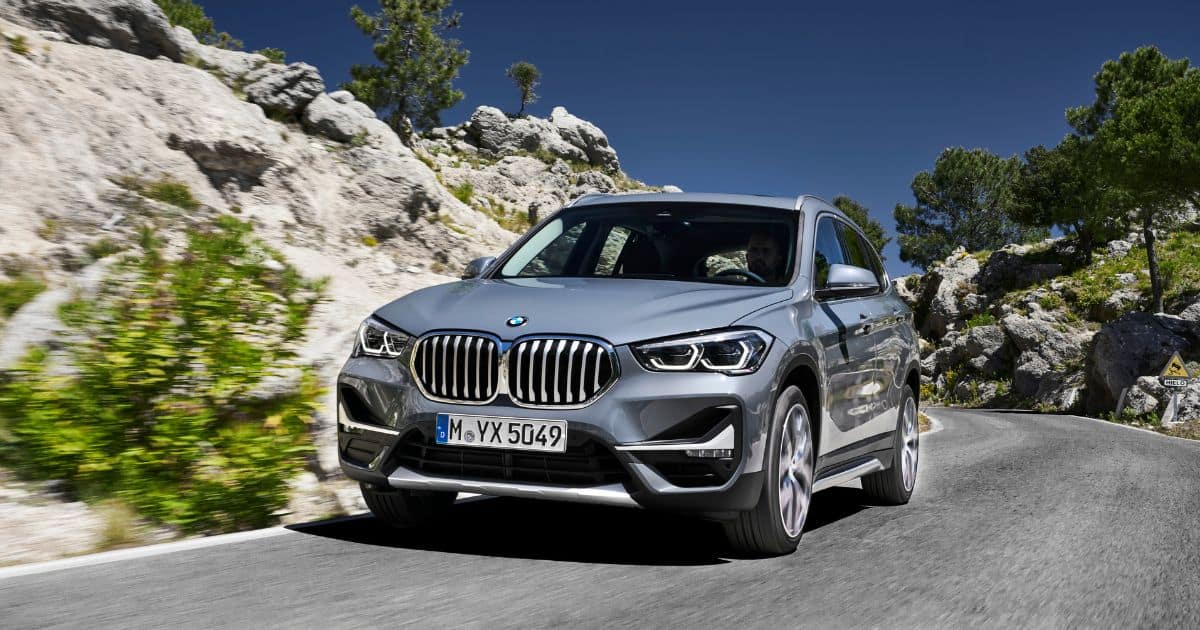
BMW X1: Years to Avoid and What to Look Out For
The BMW X1, a compact luxury crossover SUV, has been a popular choice for drivers seeking a blend of practicality, performance, and the iconic BMW driving experience. However, like any car, the X1 has its share of reliability quirks and potential issues across its model years. This article delves into the specific years to avoid, highlighting common problems and offering insights into what to look for when considering a used BMW X1.
Early Years (2009-2012): A Case of Growing Pains
The first generation BMW X1 (E84) launched in 2009, marking BMW’s entry into the burgeoning compact luxury SUV segment. While it offered a compelling package, early models faced some teething problems:
- Engine Issues: The 2.0-liter N47 diesel engine, prevalent in the E84 X1, was prone to timing chain failures, particularly between 2009 and 2011. This issue could lead to catastrophic engine damage if not addressed promptly.
- Transmission Problems: The 6-speed automatic transmission, especially in the early years, was known for shuddering and jerky shifting, potentially indicating worn clutches or faulty solenoids.
- Electrical Glitches: Electrical issues, such as malfunctioning sensors, faulty wiring, and intermittent problems with the iDrive system, were also reported in early X1s.
- Suspension and Steering Concerns: Some owners experienced premature wear and tear on suspension components, leading to clunking noises and uneven handling. Similarly, steering problems, including power steering failures, were reported in certain cases.
A Note of Caution: While these issues were prevalent in the early years, it’s crucial to remember that not every X1 from this period will experience problems. Regular maintenance and prompt addressing of any warning signs can mitigate potential issues.
Mid-Life Refresh (2013-2015): Refinement and Improvements
BMW addressed many of the shortcomings of the first generation X1 with a mid-life refresh in 2013. This update brought numerous improvements, including:
- Revised N47 Diesel Engine: BMW revised the N47 diesel engine, addressing the timing chain issue and improving its reliability.
- Enhanced Transmission: The 6-speed automatic transmission received updates to improve its smoothness and responsiveness.
- Improved Electrical Systems: The electrical systems were refined, leading to fewer reported problems.
- Refreshed Styling and Interior: The X1 received a subtle facelift, featuring updated headlights, taillights, and interior trim.
Overall, the 2013-2015 model years are generally considered more reliable than the earlier models, but it’s still essential to be aware of potential problems.
Second Generation (2016-Present): A New Era of Technology and Refinement
The second-generation BMW X1 (F48) debuted in 2016, bringing a complete redesign and a significant leap forward in technology and refinement. This generation introduced:
- New Platform and Powertrains: The X1 transitioned to BMW’s UKL platform, which offered improved space and handling. The engine lineup was also updated, with new petrol and diesel options, including the efficient 3-cylinder engine.
- Enhanced Interior and Technology: The interior received a significant upgrade, featuring a more modern design, improved materials, and advanced infotainment systems.
- Improved Reliability: The F48 X1 generally boasts better reliability than its predecessor, with fewer reported issues.
However, even the newer X1s aren’t immune to problems:
- Transmission Issues: While the 8-speed automatic transmission is generally reliable, some owners have reported issues with jerky shifting and occasional transmission failures.
- Electrical Glitches: The advanced technology in the F48 X1 can sometimes lead to electrical problems, including issues with the iDrive system, sensors, and other electronic components.
- Suspension and Steering Concerns: Some owners have reported premature wear and tear on suspension components, particularly the front suspension, leading to clunking noises and uneven handling.
Years to Avoid in Detail:
- 2009-2011 BMW X1 (E84): Avoid these years due to the prevalent timing chain issues in the N47 diesel engine.
- 2012 BMW X1 (E84): While the timing chain issue was addressed in 2012, some early models still experienced problems.
- 2016-2017 BMW X1 (F48): The early F48 X1s experienced some teething problems with the new 8-speed automatic transmission and electrical systems.
Years to Consider:
- 2013-2015 BMW X1 (E84): These years offer improved reliability over the earlier models, with the revised N47 diesel engine and updated transmission.
- 2018-2020 BMW X1 (F48): These years generally represent a more refined and reliable iteration of the F48 X1, with fewer reported issues.
What to Look Out For When Buying a Used BMW X1:
- Service History: Always request a comprehensive service history. Look for regular maintenance records and any evidence of repairs related to known issues.
- Engine Check: If considering a diesel X1, carefully inspect for any signs of timing chain problems. Listen for any unusual noises or rattling during the test drive.
- Transmission Check: Pay attention to the transmission during the test drive. Look for any signs of jerky shifting, slipping, or unusual noises.
- Electrical System Check: Test all the electrical components, including the iDrive system, lights, and sensors, to ensure they are functioning properly.
- Suspension and Steering Check: Inspect the suspension for any signs of wear and tear, such as clunking noises, uneven handling, or leaks. Check the steering for any play or unusual noises.
- Bodywork and Interior: Thoroughly inspect the bodywork for any signs of rust, dents, or scratches. Check the interior for wear and tear on the seats, upholstery, and trim.
Conclusion:
The BMW X1, while offering a compelling driving experience and a desirable brand image, has had its share of reliability concerns, particularly in its early years. Understanding the specific years to avoid and what to look for when buying a used X1 can help you make an informed decision. Remember, thorough inspection, a detailed service history, and a comprehensive test drive are essential for ensuring a smooth and enjoyable ownership experience.
